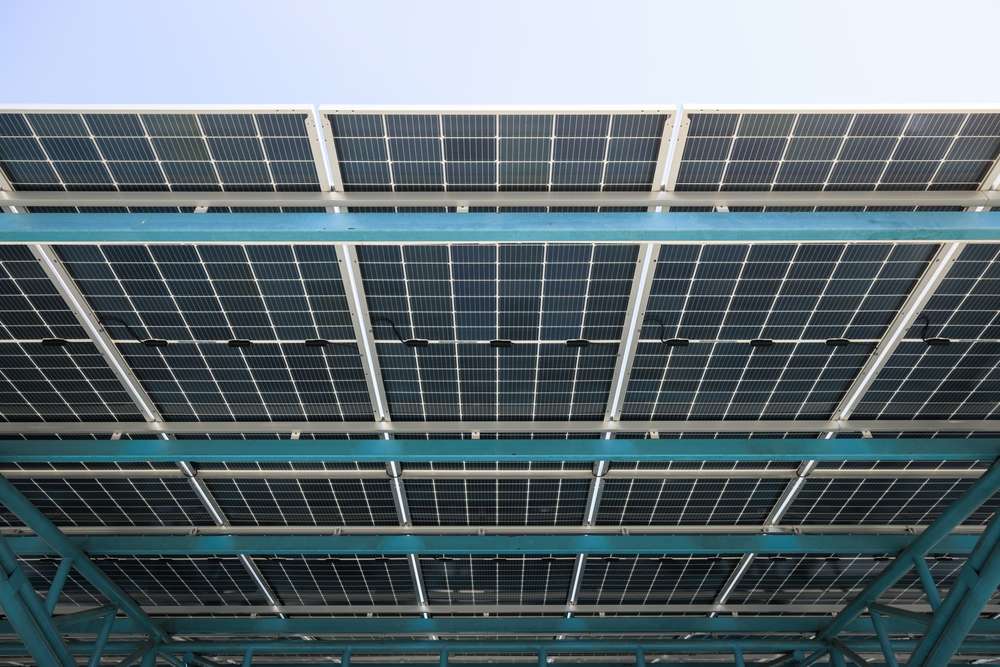Exploring Solar Panels: A Sustainable Choice for Modern Energy Needs
Solar energy has emerged as a transformative technology that converts sunlight into clean electricity, offering homeowners and businesses an environmentally friendly alternative to traditional power sources. With advancing technology and decreasing costs, solar panels represent a practical solution for reducing energy bills while contributing to environmental sustainability. Understanding the fundamentals of solar energy systems, their components, and installation considerations helps consumers make informed decisions about adopting this renewable energy technology.

Solar panels have revolutionized how we think about energy production, providing a clean and renewable alternative to fossil fuels. As climate concerns grow and energy costs continue to fluctuate, more property owners are considering solar installations as a long-term investment in both their finances and the environment.
How Solar Panels Generate Electricity
Solar panels work through photovoltaic cells that convert sunlight directly into electrical energy. When photons from sunlight strike the silicon cells within the panels, they knock electrons loose, creating an electrical current. This direct current (DC) electricity is then converted to alternating current (AC) through an inverter, making it compatible with home electrical systems and the power grid. The efficiency of this process depends on factors such as panel quality, sunlight intensity, and environmental conditions.
Things to Check Before Installing Solar Panels
Before committing to a solar installation, several critical factors require evaluation. Roof condition and age should be assessed, as panels typically last 25-30 years and installing them on an aging roof may necessitate costly future removal. Roof orientation and shading analysis determine optimal panel placement, with south-facing roofs generally providing the best energy production. Local building codes, homeowner association restrictions, and utility interconnection requirements must also be reviewed. Additionally, evaluating your current energy consumption patterns helps determine the appropriate system size for your needs.
Solar Energy Compared to Conventional Sources
Solar energy offers distinct advantages over conventional power sources, particularly in terms of environmental impact and long-term costs. Unlike fossil fuel-based electricity generation, solar panels produce no emissions during operation and require minimal water for maintenance. While conventional sources provide consistent power output regardless of weather conditions, solar energy production varies with sunlight availability. However, battery storage systems and grid-tie capabilities help address these intermittency challenges, allowing excess energy to be stored or sold back to utilities.
Understanding System Components and Setup
A complete solar energy system consists of several interconnected components working together to generate and deliver electricity. Solar panels form the foundation, capturing sunlight and converting it to DC electricity. Inverters transform this DC power into AC electricity suitable for home use. Mounting systems secure panels to rooftops or ground installations, while monitoring systems track energy production and system performance. Battery storage, though optional, provides energy independence and backup power during outages. Professional installation ensures proper electrical connections, safety compliance, and optimal system performance.
Cost Considerations for Solar Panel Installation
Solar panel installation costs vary significantly based on system size, equipment quality, and local market conditions. Residential systems typically range from $15,000 to $30,000 before incentives, with costs averaging $2.50 to $4.00 per watt of installed capacity. Federal tax credits, state rebates, and local incentives can substantially reduce upfront expenses. Financing options including solar loans, leases, and power purchase agreements make solar accessible to various budget levels. Long-term savings through reduced electricity bills often offset initial investment costs within 6-10 years.
| System Size | Average Cost Range | Estimated Monthly Savings | Payback Period |
|---|---|---|---|
| 4 kW | $10,000 - $16,000 | $80 - $120 | 7-9 years |
| 6 kW | $15,000 - $24,000 | $120 - $180 | 6-8 years |
| 8 kW | $20,000 - $32,000 | $160 - $240 | 6-8 years |
| 10 kW | $25,000 - $40,000 | $200 - $300 | 6-7 years |
Prices, rates, or cost estimates mentioned in this article are based on the latest available information but may change over time. Independent research is advised before making financial decisions.
The solar industry continues evolving with technological improvements and policy changes affecting costs and performance. Modern panels offer higher efficiency ratings and longer warranties than earlier generations, while smart inverters and monitoring systems provide better system optimization. As manufacturing scales increase and competition grows, solar technology becomes increasingly accessible to mainstream consumers seeking sustainable energy solutions.




